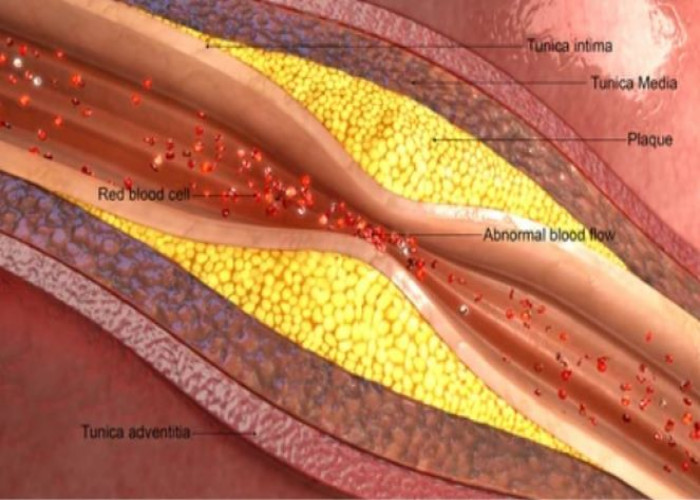 Welcome
Welcome
“May all be happy, may all be healed, may all be at peace and may no one ever suffer."
Arteriosclerosis / atherosclerosis
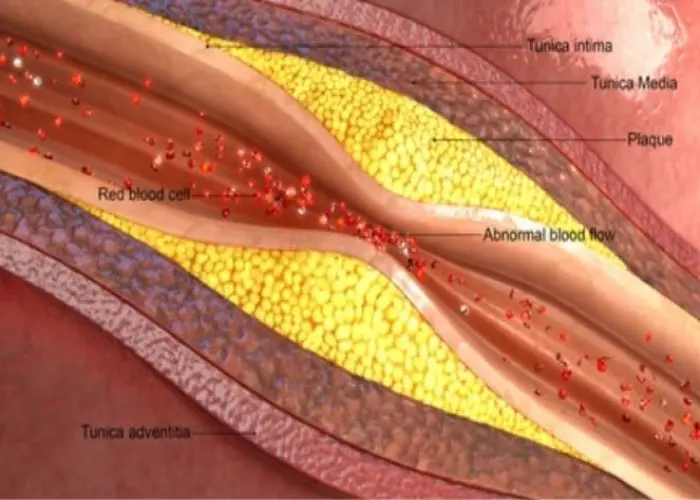
Arteriosclerosis, also known as atherosclerosis, is a condition in which the arteries become stiff and narrow, reducing blood flow to the body's organs and tissues. The condition is caused by the buildup of plaque, which is made up of fat, cholesterol, calcium, and other substances, on the inner walls of the arteries. Over time, this buildup can lead to the formation of blood clots, which can increase the risk of heart attack, stroke, and other serious complications.
Risk factors for arteriosclerosis include high blood pressure, high cholesterol, smoking, obesity, poor diet, and a sedentary lifestyle.
Symptoms of arteriosclerosis may not appear until the condition has advanced but can include chest pain, shortness of breath, leg pain or weakness, and coldness or numbness in the legs and feet.
Treatment for arteriosclerosis typically involves lifestyle changes, such as eating a healthy diet, exercising regularly, and quitting smoking, as well as medications to control risk factors such as high blood pressure and high cholesterol. In some cases, surgical procedures such as angioplasty or bypass surgery may also be recommended.
If you are concerned about your risk for arteriosclerosis, it's important to talk to your doctor about your health history and any lifestyle changes or medications that may be recommended to reduce your risk. Taking steps to maintain a healthy lifestyle and manage risk factors can help slow the progression of arteriosclerosis and reduce the risk of serious complications.
Research Papers
Disease Signs and Symptoms
- Chest pain
- Low blood pressure (hypotension)
- Heart pain (Angina)
- Blurred vision of eye
- Slurred speech
- Leg pain
- High blood pressure (hypertension)
- Kidney failure
- Atherosclerosis in the arteries leading to brain.
Disease Causes
Arteriosclerosis / atherosclerosis
Atherosclerosis is a slow, progressive disease that may begin as early as childhood. Although the exact cause is unknown, atherosclerosis may start with damage or injury to the inner layer of an artery. The damage may be caused by:
- High blood pressure
- High cholesterol
- High triglycerides, a type of fat (lipid) in your blood
- Smoking and other sources of tobacco
- Insulin resistance, obesity or diabetes
- Inflammation from an unknown cause or from diseases such as arthritis, lupus, psoriasis or inflammatory bowel disease
Once the inner wall of an artery is damaged, blood cells and other substances often clump at the injury site and build up in the inner lining of the artery.
Over time, fatty deposits (plaque) made of cholesterol and other cellular products also build up at the injury site and harden, narrowing your arteries. The organs and tissues connected to the blocked arteries then don't receive enough blood to function properly.
Eventually, pieces of the fatty deposits may break off and enter your bloodstream.
In addition, the smooth lining of the plaque may rupture, spilling cholesterol and other substances into your bloodstream. This may cause a blood clot, which can block the blood flow to a specific part of your body, such as occurs when blocked blood flow to your heart causes a heart attack. A blood clot can also travel to other parts of your body, blocking flow to another organ.
Disease Prevents
Arteriosclerosis / atherosclerosis
The same healthy lifestyle changes recommended to treat atherosclerosis also help prevent it. These include:
- Quitting smoking
- Eating healthy foods
- Exercising regularly
- Maintaining a healthy weight
- Checking and maintaining a healthy blood pressure
- Checking and maintaining healthy cholesterol and blood sugar levels
Just remember to make changes one step at a time, and keep in mind what lifestyle changes are manageable for you in the long run.
Disease Treatments
Lifestyle changes, such as eating a healthy diet and exercising, are the first treatment for atherosclerosis — and may be all that you need to treat your atherosclerosis. But sometimes, medication or surgical procedures may be needed.
Medications
Many different drugs are available to slow — or even reverse — the effects of atherosclerosis. Here are some medications used to treat atherosclerosis:
- Statins and other cholesterol medications. Aggressively lowering your low-density lipoprotein (LDL) cholesterol — the bad cholesterol — can slow, stop or even reverse the buildup of fatty deposits in your arteries.
- Statins are commonly prescribed to lower cholesterol, improve artery health and prevent atherosclerosis. There are many other types of cholesterol-lowering medications. Another common type is a cholesterol absorption inhibitor called ezetimibe (Zetia). You may need more than one type of cholesterol medication.
- Blood thinners. Your doctor may prescribe blood-thinning medications, such as aspirin, to reduce your risk that platelets will clump in narrowed arteries, form a blood clot and cause further blockage.
- Blood pressure medications. Drugs to lower blood pressure don't help reverse atherosclerosis but instead prevent or treat complications related to the disease. For example, certain blood pressure medications can help reduce your risk of a heart attack.
- Other medications. Your doctor may prescribe other medications to control health conditions that raise your risk of atherosclerosis, such as diabetes. And, specific medications to treat symptoms of atherosclerosis, such as leg pain during exercise, may be prescribed.
Surgery or other procedures
Sometimes more aggressive treatment is needed to treat atherosclerosis. If you have severe symptoms or a blockage, your doctor may recommend one of the following surgical procedures:
- Angioplasty and stent placement. This procedure — also called percutaneous coronary intervention (PCI) — helps open a clogged or blocked artery. Your doctor inserts a catheter into the diseased artery. A second catheter with a deflated balloon on its tip is passed through the first catheter to the blockage. Your doctor inflates the balloon, widening the artery. A mesh tube (stent) is usually left in the artery to help it open.
- Endarterectomy. Sometimes, plaque buildup must be surgically removed from the walls of a narrowed artery. When the procedure is done on arteries in the neck (the carotid arteries), it's called a carotid endarterectomy.
- Fibrinolytic therapy. If you have an artery that's blocked by a blood clot, your doctor may use a clot-dissolving drug to break it apart.
- Coronary artery bypass surgery. During this type of open-heart surgery, your doctor takes a healthy blood vessel from another part of the body to create a bypass around the blocked artery, redirecting blood flow. Sometimes the bypass is a graft made of synthetic material.
Disease Diagnoses
Disease Allopathic Generics
Disease Ayurvedic Generics
Disease Homeopathic Generics
Disease yoga
Arteriosclerosis / atherosclerosis and Learn More about Diseases

Roseola
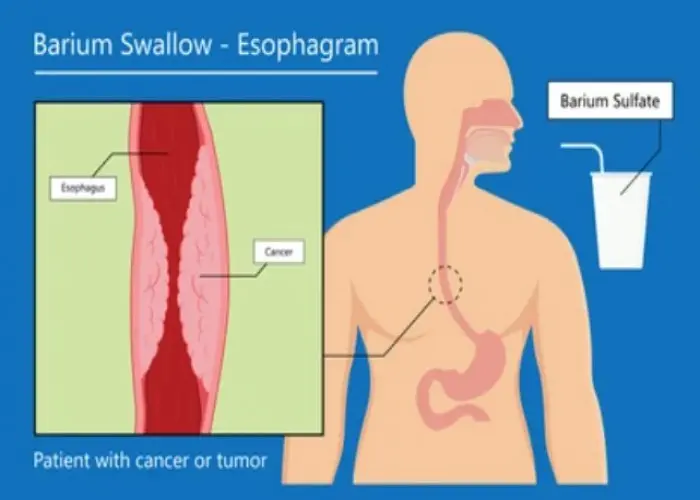
Barrett's esophagus
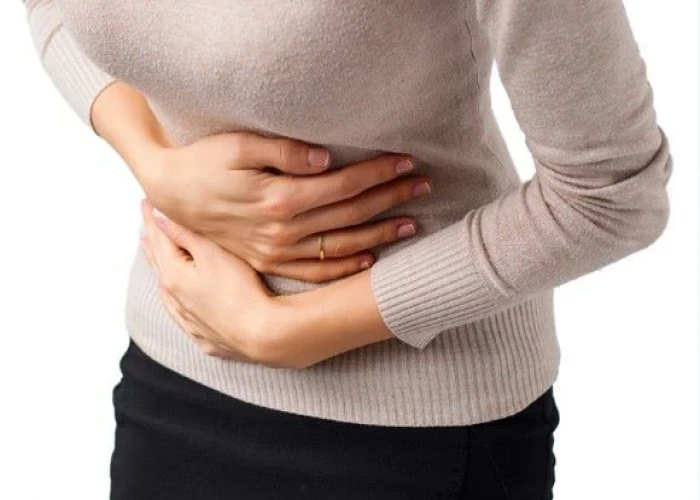
Menstrual cramps

Hypothermia

Gout
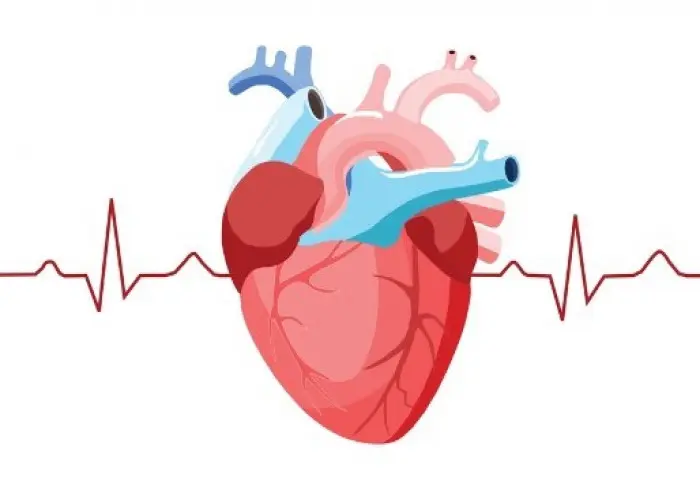
Heart disease

Waldenstrom macroglobulinemia
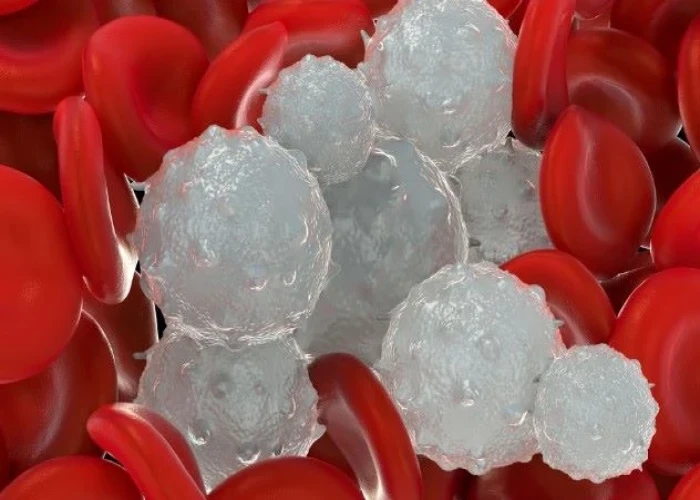
Pediatric white blood cell disorders
Arteriosclerosis, Atherosclerosis, Atherosclerosis symptoms, আর্টেরিওস্লেরোসিস, এথেরোস্ক্লেরোসিস
To be happy, beautiful, healthy, wealthy, hale and long-lived stay with DM3S.
